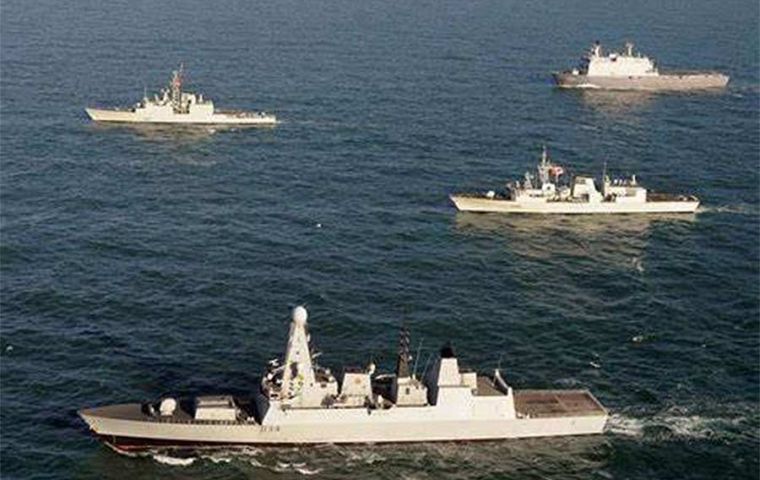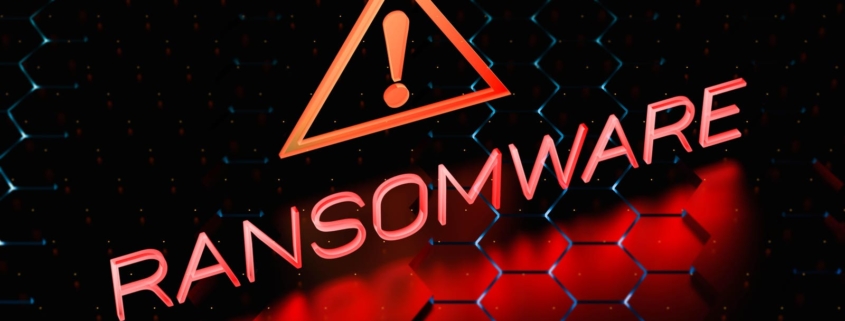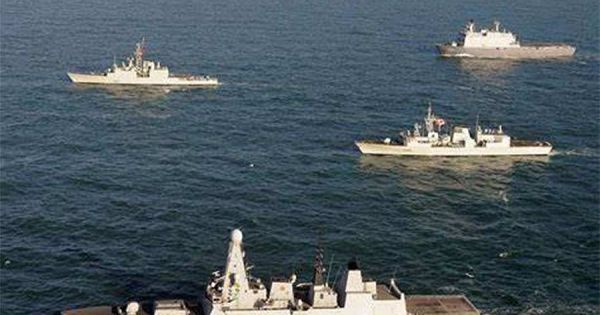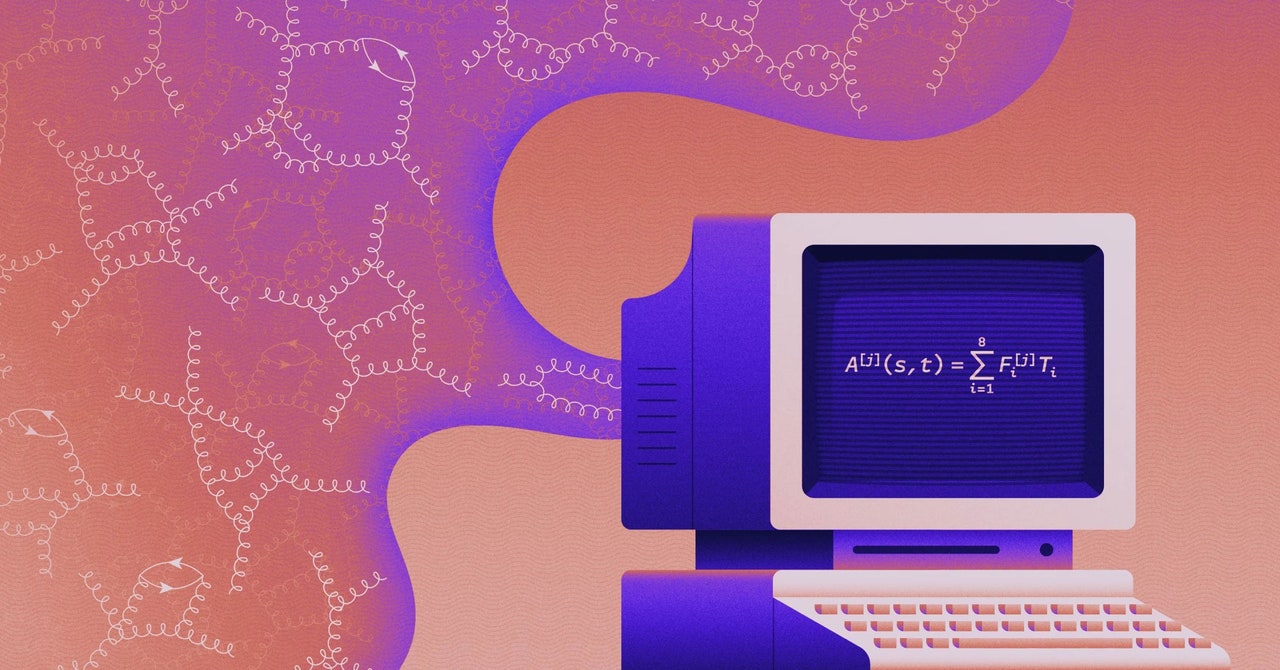Tag Archive for: crucial
Support from British businesses crucial in removing over 235000 … – National Cyber Security Centre
/in Internet Security
Support from British businesses crucial in removing over 235000 … National Cyber Security Centre
As NATO celebrates 74th anniversary, Royal Navy a crucial ally of the organization — MercoPress
/in Internet Security
As NATO celebrates 74th anniversary, Royal Navy a crucial ally of the organization

Relations between the Royal Navy and NATO have ‘never been closer’ as the alliance marks 74 years since its creation this month amid continued global instability. British warships spent nearly 10,000 hours – 60 weeks – on NATO operations in 2022 and that pace has continued unabated in the first four months of 2023.
The Royal Navy is at the heart of galvanized NATO efforts as Russia’s unprovoked war in Ukraine continues, securing Europe’s crucial waterways and chokepoints for the prosperity of allies and partners.
“While the Royal Navy has always supported NATO maritime operations, since the illegal invasion of Ukraine by Russia over a year ago, we have worked even more closely with our NATO allies at sea,” said Deputy Assistant Chief of Staff at the Maritime Operations Centre in Northwood, Captain Steve Banfield.
“Collaboration between NATO and the RN has never been closer; in particular in the execution of coordinated Maritime Security operations and exercises in the Norwegian Sea, North Sea, Baltic and the Mediterranean.”
From the freezing Arctic and Baltic, to the endless grey of the North Atlantic and azure waters of the Mediterranean, Royal Navy warships, submarines and aircraft have operated side by side with allies and partners so far in 2023, supporting peace and prosperity in Europe.
Patrol ship HMS Mersey recently operated in the Baltic to ensure the security and stability of the region as part of the Joint Expeditionary Force, a multinational defense framework complementary to NATO which is committed to Euro-Atlantic security with the Baltic region as one of its focus areas.
Amphibious flagship HMS Albion, HMS Somerset and RFA Mounts Bay have just returned from the Arctic where they were at the heart of an allied task group working on Norwegian security and NATO’s ability to protect its northern flank.
Elsewhere in the Arctic Circle, Royal Marines and Commando…
A Crucial Particle Physics Computer Program Risks Obsolescence
/in Computer Security
Recently, I watched a fellow particle physicist talk about a calculation he had pushed to a new height of precision. His tool? A 1980s-era computer program called FORM.
Particle physicists use some of the longest equations in all of science. To look for signs of new elementary particles in collisions at the Large Hadron Collider, for example, they draw thousands of pictures called Feynman diagrams that depict possible collision outcomes, each one encoding a complicated formula that can be millions of terms long. Summing formulas like these with pen and paper is impossible; even adding them with computers is a challenge. The algebra rules we learn in school are fast enough for homework, but for particle physics they are woefully inefficient.
Programs called computer algebra systems strive to handle these tasks. And if you want to solve the biggest equations in the world, for 33 years one program has stood out: FORM.
Developed by the Dutch particle physicist Jos Vermaseren, FORM is a key part of the infrastructure of particle physics, necessary for the hardest calculations. However, as with surprisingly many essential pieces of digital infrastructure, FORM’s maintenance rests largely on one person: Vermaseren himself. And at 73, he has begun to step back from FORM development. Due to the incentive structure of academia, which prizes published papers, not software tools, no successor has emerged. If the situation does not change, particle physics may be forced to slow down dramatically.
FORM got its start in the mid-1980s, when the role of computers was changing rapidly. Its predecessor, a program called Schoonschip, created by Martinus Veltman, was released as a specialized chip that you plugged into the side of an Atari computer. Vermaseren wanted to make a more accessible program that could be downloaded by universities around the world. He began to program it in the computer language FORTRAN, which stands for Formula Translation. The name FORM was a riff on that. (He later switched to a programming language called C.) Vermaseren released his software in 1989. By the early ’90s, over 200 institutions around the world had downloaded it, and the number kept climbing.
Since 2000, a…



